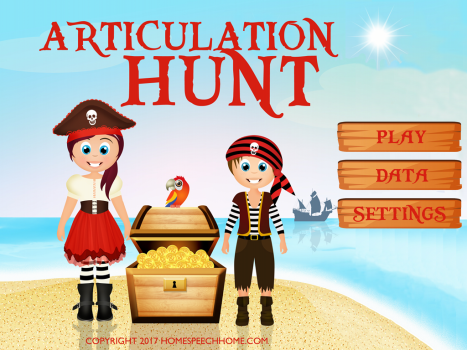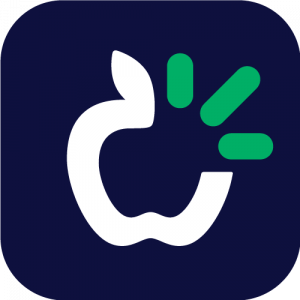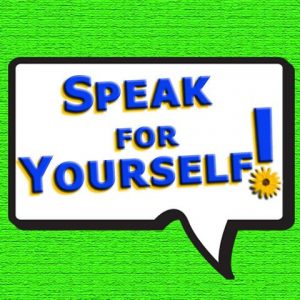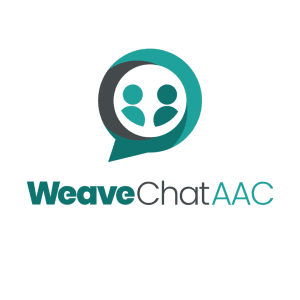Building Vocabulary: Road works & building sites
Vocabulary is the building block of language and a rich vocabulary is a good predictor of academic success. There are gems of opportunities to build vocabulary simply by driving from one place to...
Little Stories for Speech, Language and Literacy
Little Stories from Little Bee Speech addresses language, language, literacy and articulation skills in their fantastic new app. Language and literacy skills impact on one another. Linking language,...
Blogs and Websites for Speech and Language
The internet has opened up the world to resources and information for speech and language. However, trying to sift through all the information in order to find what you need can be difficult and...
Key Word Kids: App Review
Key Word Kids has just updated this app for IOS 11 optimisation. I have been using this app for a while, and the more I use it, the more I love it. A lot has been said about core words which are...
Perspective-Taking: Teaching social skills
Perspective taking is one of the underlying skills for effective social interaction. Children with autism spectrum disorder typically have difficulty with this skill. In addition, many...
Articulation Hunt – App Review and Giveaway
Articulation Hunt from Home Speech Home is a pirate themed app to encourage multiple practice of articulation sounds. Articulation Hunt is similar to What's the Pic Artic, and you can find my review...
`Proloquo2Go
TouchChat with WordPower
Snap+Core First
Grid for iPad
SpeakforYourself[
WeaveChat
AAC is short for Augmentative and Alternative Communication
Source: AssistiveWare
Communication devices, systems, strategies and tools that replace or support spoken language are known as augmentative and alternative communication (AAC). These tools support a person who has difficulties communicating using speech.
The first “A” in AAC stands for Augmentative Communication. When you augment something, you add to it or supplement. Augmentative communication is when you add something to your speech (eg. sign language, pictures, a letter board). This can make your message clearer to your listener.
The second “A” in AAC stands for Alternative Communication. This is when you are not able to speak. It is also when your speech is not understood by others. In this case, you need a different way to communicate.
Basically, AAC can be tools, systems, devices or strategies. These tools help a person communicate, when they cannot rely on speech. Perhaps your child has not started talking. Perhaps you have lost your ability to speak. Perhaps your speech comes and goes. Maybe speaking is harder than other ways to communicate. AAC can help.














